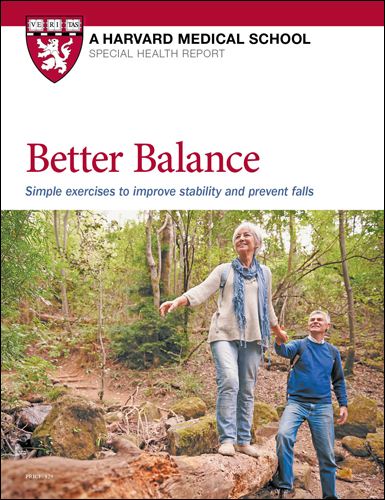A cure for “sitting disease”?
“Sitting disease” is a not-quite medical phrase that refers to the problems associated with sedentary habits. If exercise is linked to an ever-lengthening list of benefits, prolonged sitting — an apt description of work and home lives for many people — represents the flip side of the equation. A sedentary lifestyle is now associated with 34 chronic diseases or conditions — everything from heart disease, stroke, and type 2 diabetes to weight gain and cognitive decline. It may even increase your risk of premature death.
Why does prolonged sitting have such negative health consequences? The human body is designed for activity. When muscles are inactive, they don’t take up glucose from the bloodstream as efficiently. Blood pressure rises. Sleep suffers. There are even changes on the cellular level. Research has found that a key gene (which encodes for an enzyme called lipid phosphate phosphatase-1, or LPP1) helps prevent blood clotting and chronic, low-grade inflammation. This gene functions optimally when you engage in regular exercise.
Given such findings, breaking up long blocks of sitting to flex your muscles seems like a wise move for all of us. Take your phone calls standing up. Use a standing desk. Hold walking meetings. Sit on a stability ball to work or watch TV. Cut back on TV in favor of more brisk strolls or bike rides. Find excuses to run up and down the stairs more. And, yes, do core exercises.













